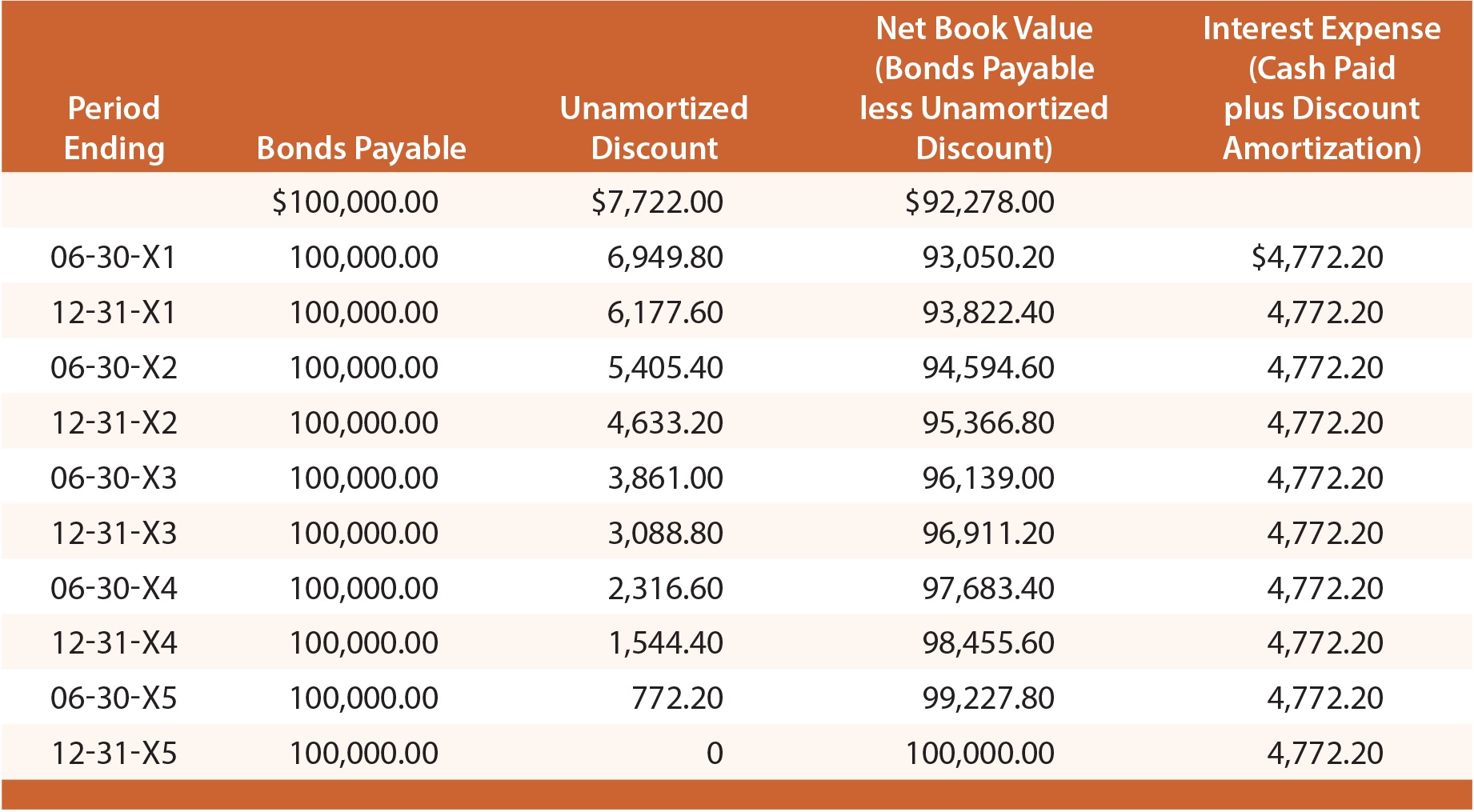

Finance
Fidelity Bond: Definition, Types, And Uses
Published: November 23, 2023
Learn about the definition, types, and uses of fidelity bonds in finance. Gain a clear understanding of this important financial tool.
(Many of the links in this article redirect to a specific reviewed product. Your purchase of these products through affiliate links helps to generate commission for LiveWell, at no extra cost. Learn more)
Fidelity Bond: Definition, Types, and Uses
When it comes to managing your finances, it’s important to be aware of the various tools available to protect yourself and your assets. One such tool is a fidelity bond. In this blog post, we will explore the definition, types, and uses of fidelity bonds, helping you understand how they can benefit you and your financial well-being.
Key Takeaways:
- A fidelity bond provides protection against financial losses resulting from fraudulent or dishonest acts committed by employees or individuals associated with an organization.
- There are three main types of fidelity bonds: first-party, second-party, and third-party bonds, each serving different purposes and providing unique coverage.
What is a Fidelity Bond?
A fidelity bond, also known as an employee dishonesty bond or crime coverage, is a type of insurance that protects businesses from financial losses caused by fraudulent or dishonest acts committed by employees or individuals associated with the organization. It provides coverage by compensating the business for the losses incurred as a result of such acts.
Fidelity bonds are typically purchased by businesses where employees handle financial transactions, have access to sensitive data, or are in positions of trust that may expose the company to potential financial risks. These bonds act as a safeguard, ensuring that the business is protected in case of any internal fraudulent or dishonest activities.
Types of Fidelity Bonds
There are three main types of fidelity bonds:
- First-party bonds: Also referred to as fidelity bonds or employee dishonesty bonds, these bonds protect businesses from losses caused directly by their own employees’ fraudulent or dishonest actions. This type of bond is essential for companies that have employees handling finances, inventory, or other valuable assets.
- Second-party bonds: These bonds are designed to protect businesses from financial losses caused by the fraudulent or dishonest actions of the employees or individuals of another business with whom they have a relationship. For example, a company could purchase a second-party bond to protect itself from losses caused by a supplier’s dishonest acts.
- Third-party bonds: Also known as ERISA bonds, these bonds are required by the Employee Retirement Income Security Act (ERISA) for companies that offer employee benefit plans. They protect the plan assets from fraudulent or dishonest acts committed by the plan administrators or fiduciaries.
Uses of Fidelity Bonds
Fidelity bonds serve several important purposes within the realm of financial protection:
- Protection against employee theft: Fidelity bonds provide businesses with the necessary protection against financial losses resulting from theft or embezzlement committed by employees.
- Enhancing trust and credibility: Having a fidelity bond in place can increase the trust and confidence of customers, clients, and partners, as it demonstrates the company’s commitment to financial responsibility and mitigates potential risks.
- Regulatory compliance: Some industries require businesses to have fidelity bonds to comply with specific regulations. For example, financial institutions often need fidelity bonds to meet regulatory requirements.
In conclusion, fidelity bonds play a crucial role in protecting businesses from financial losses due to fraudulent or dishonest acts. Understanding the definition, types, and uses of fidelity bonds can help individuals and organizations make informed decisions when it comes to safeguarding their financial interests.














